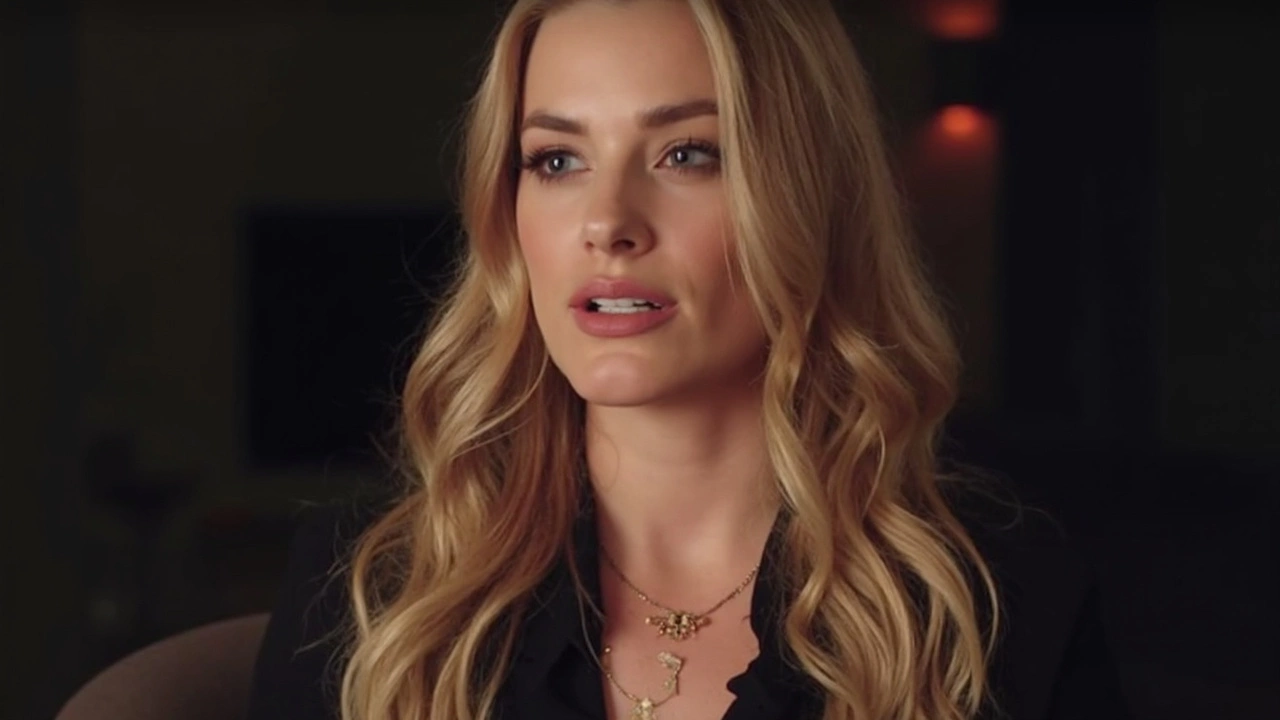Margot Robbie’s Intense Experience on the Set of Bombshell
When Margot Robbie stepped into the shoes of Kayla Pospisil for Bombshell, she knew the role would test her emotionally. The film, which tackles the real-life sexual harassment scandal at Fox News involving Roger Ailes, throws viewers into a world of toxic power dynamics and barely veiled abuse. But it was one particular scene—where Robbie’s character, a bright-eyed newbie, faces psychological harassment by John Lithgow’s Roger Ailes—that left a mark not just on audiences but on Robbie herself.
This wasn’t your standard movie discomfort. In the notorious office encounter, Ailes, a chilling figure drawn from composite accounts of multiple Fox News employees, steers their talk from routine to revolting. He pressures Kayla to twirl and gradually pushes her into exposing herself, with each step showing a twisted abuse of his authority. The camera lingers on Robbie, capturing every micro-expression as Kayla’s initial eagerness shifts to disbelief, discomfort, and humiliation. It’s tense, excruciating to watch, and the realism makes you forget it’s fiction—never mind that the actors knew it was staged.
On-Set Trauma and the Power of Nuanced Filmmaking
Actors often talk about the challenge of shaking off a role after filming ends, but Robbie has been frank about how that Bombshell scene haunted her long after the set cleared. Despite all the safeguards of a Hollywood production, there’s something visceral about acting out trauma, especially when it mirrors the real experiences of so many people who have never had the luxury of calling “cut.” For Robbie, the impact was so strong she admitted to feeling disturbed by what she had to portray.
Bombshell hit theaters just as the #MeToo movement was redefining Hollywood. While some films in the era—think Promising Young Woman and Blonde—have drawn criticism for over-the-top or heavy-handed takes on women’s issues, Bombshell resonated differently. It didn’t feel exploitative or sensational. Critics and viewers noticed the film’s willingness to sit with the discomfort and not use trauma for shock value. The script and direction trusted the actors, especially Robbie, to show the horror without excessive dramatics. Her performance—subtle yet gut-wrenching—earned her Oscar and Golden Globe nominations, a nod to not just her talent but the truthful way the story was told.
If there’s something that sets Bombshell apart, it’s that sense of honesty. It doesn’t sugarcoat office politics or the shape-shifting forms of harassment women face. Robbie’s depiction of Kayla Pospisil, a fictional but all-too-real embodiment of young women entering toxic workplaces, struck a chord precisely because it felt so raw and uncontrived. For many viewers, the real gut-punch isn’t just watching Ailes exert control, but seeing how easily ambition and hope can be twisted into shame and silence.
So while Margot Robbie has since moved on to other roles—and other challenges—the legacy of that one unforgettable scene in Bombshell speaks to the power and risk of authentic storytelling. Real-world horror makes for powerful cinema, but as Robbie’s experience shows, it can stick with you long after the credits roll.
